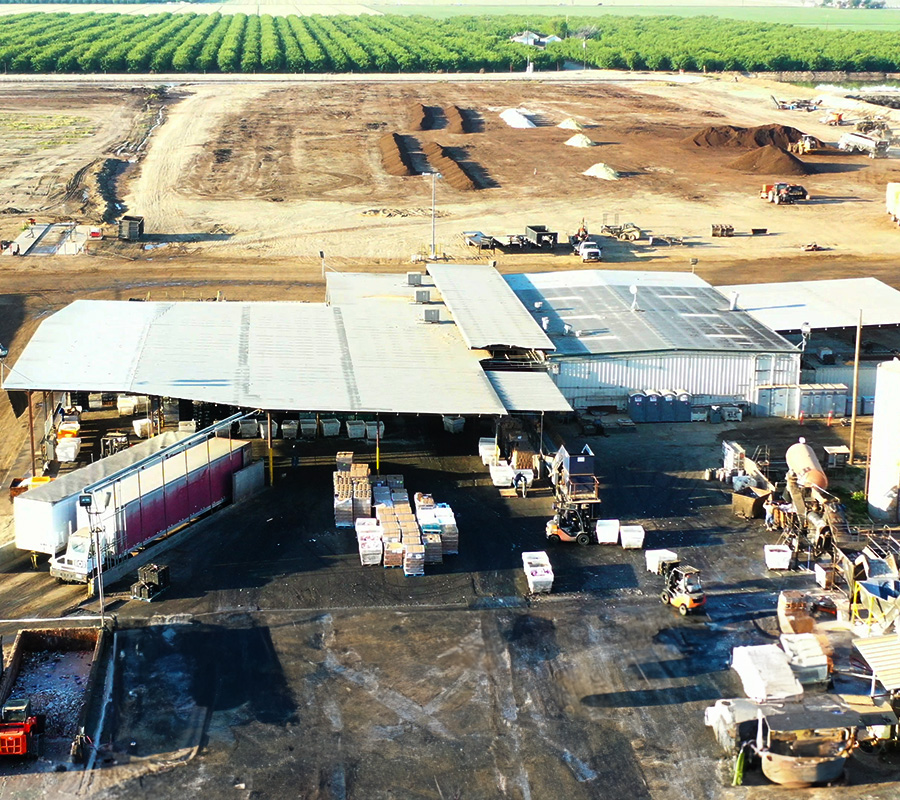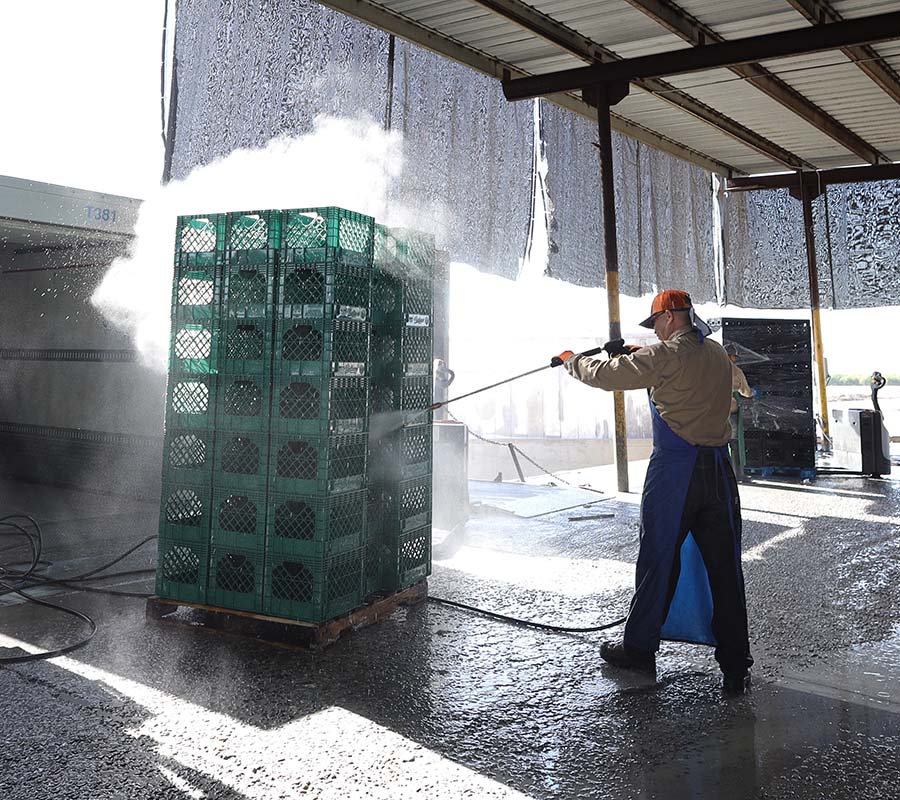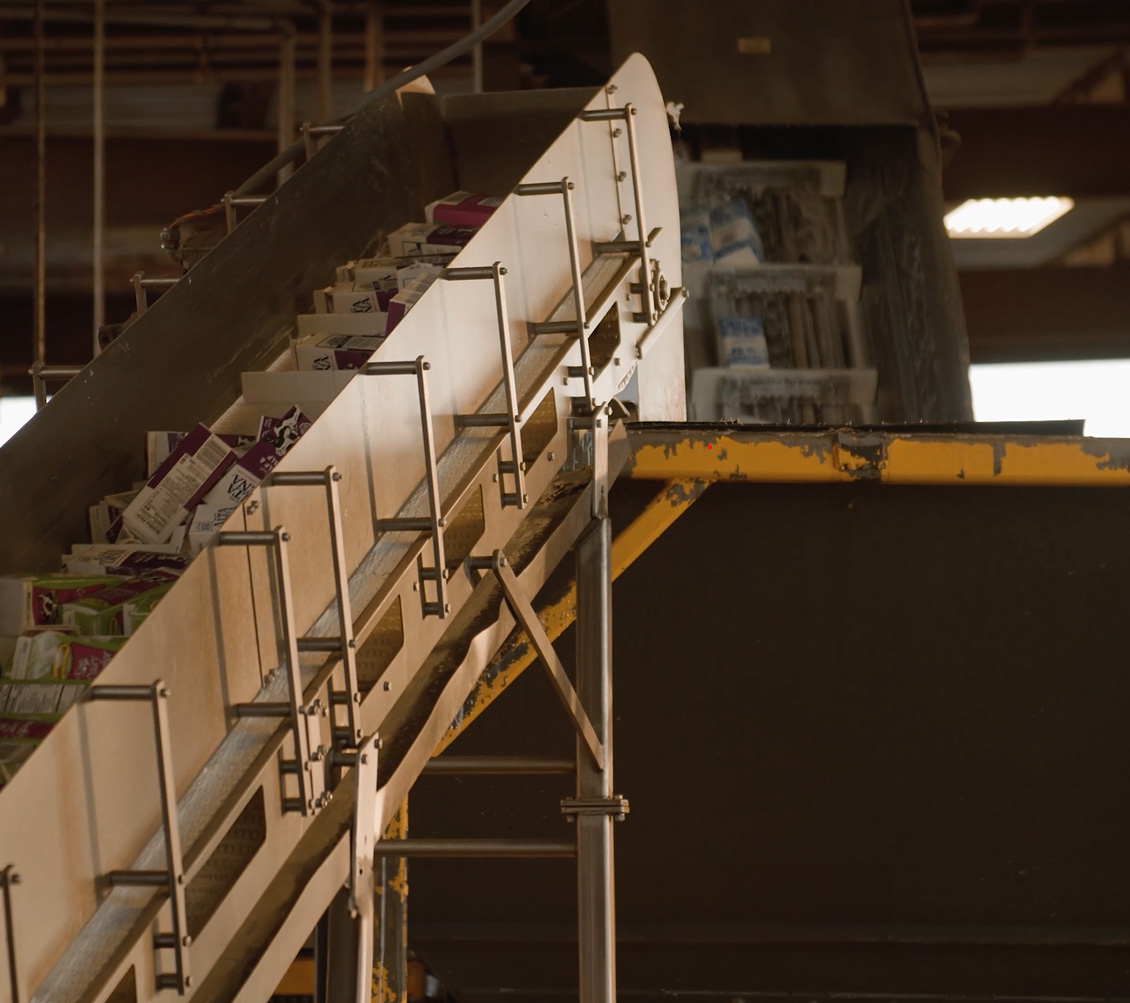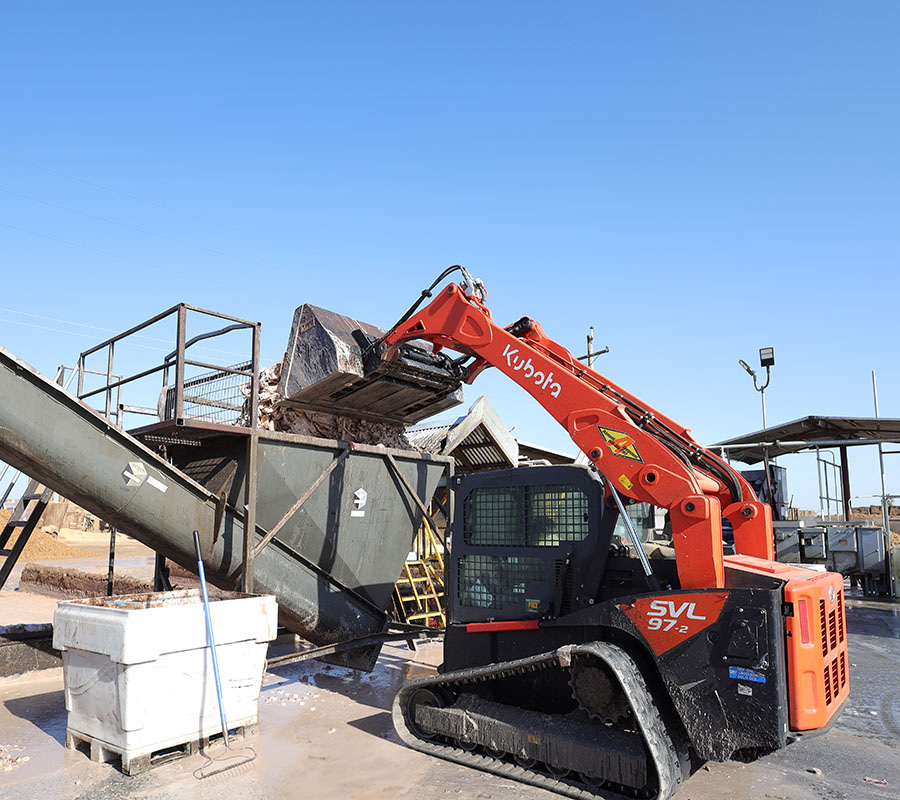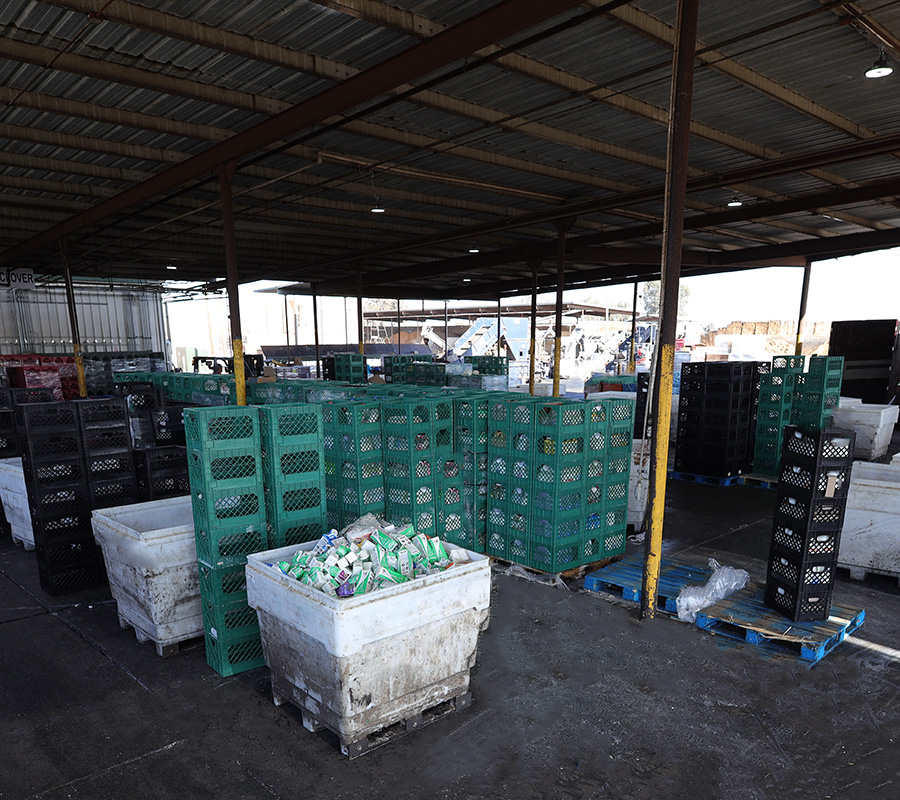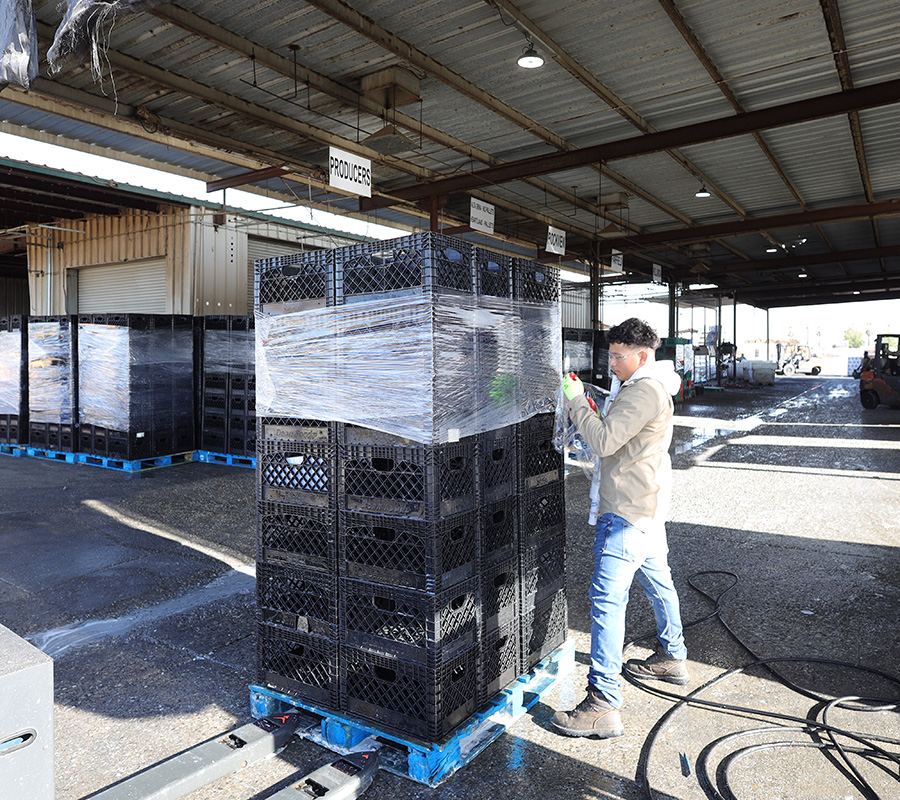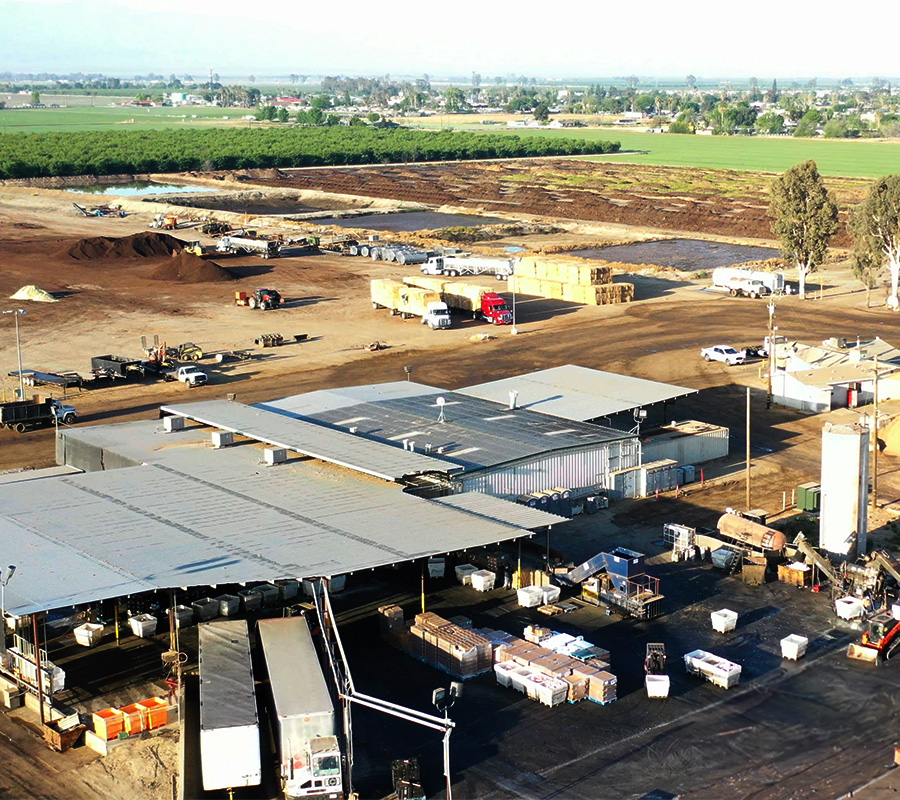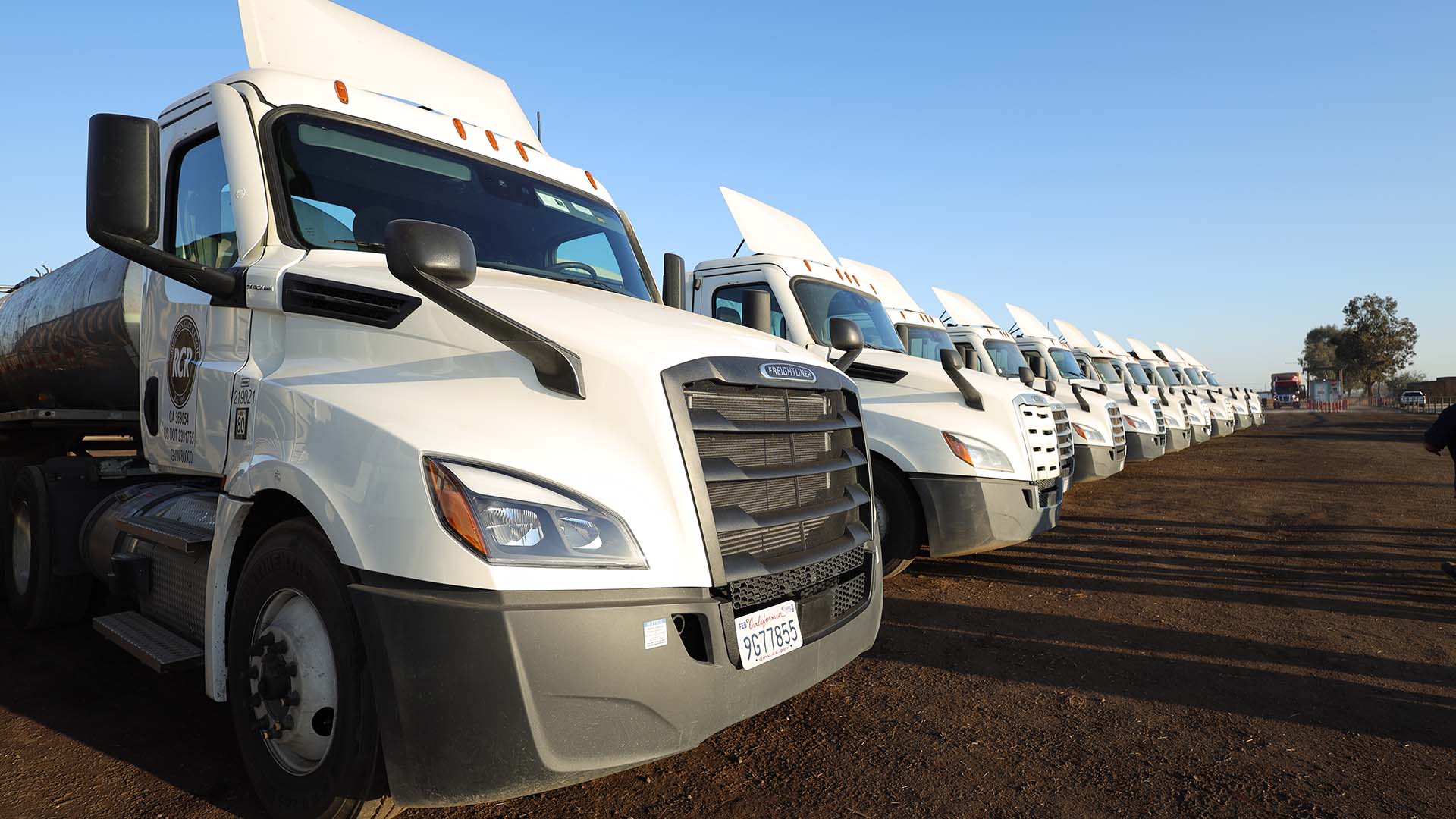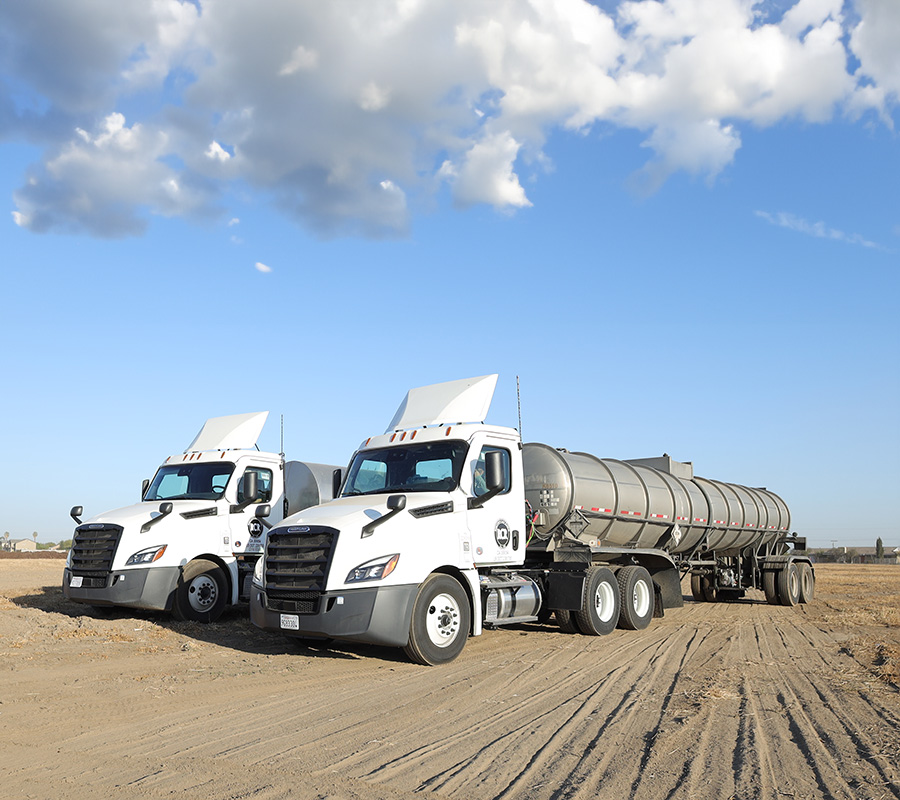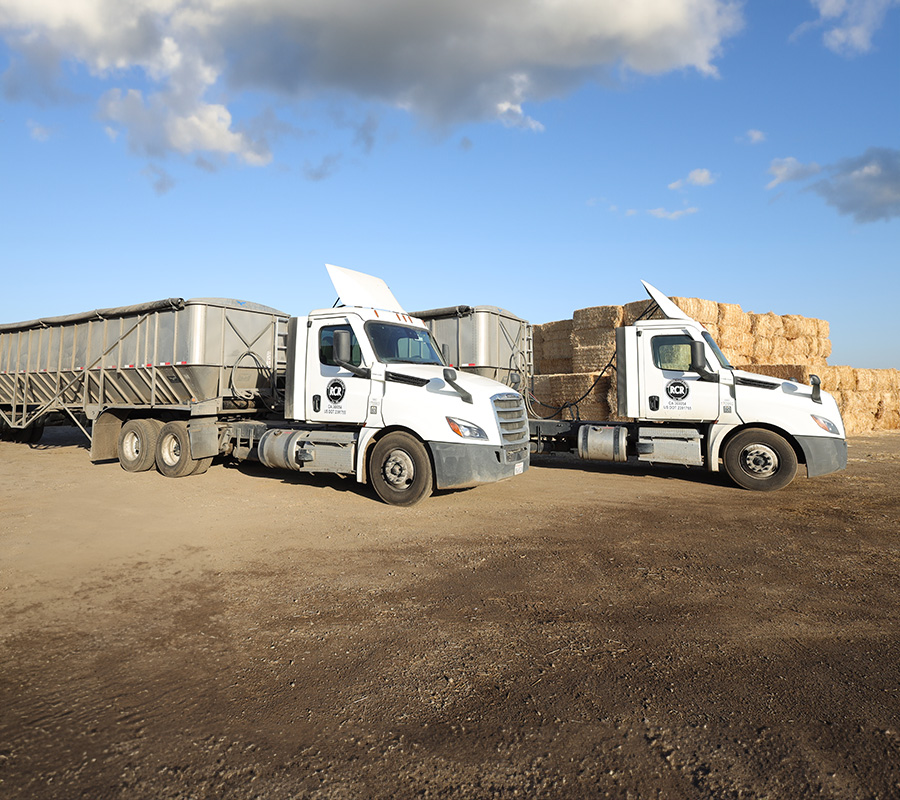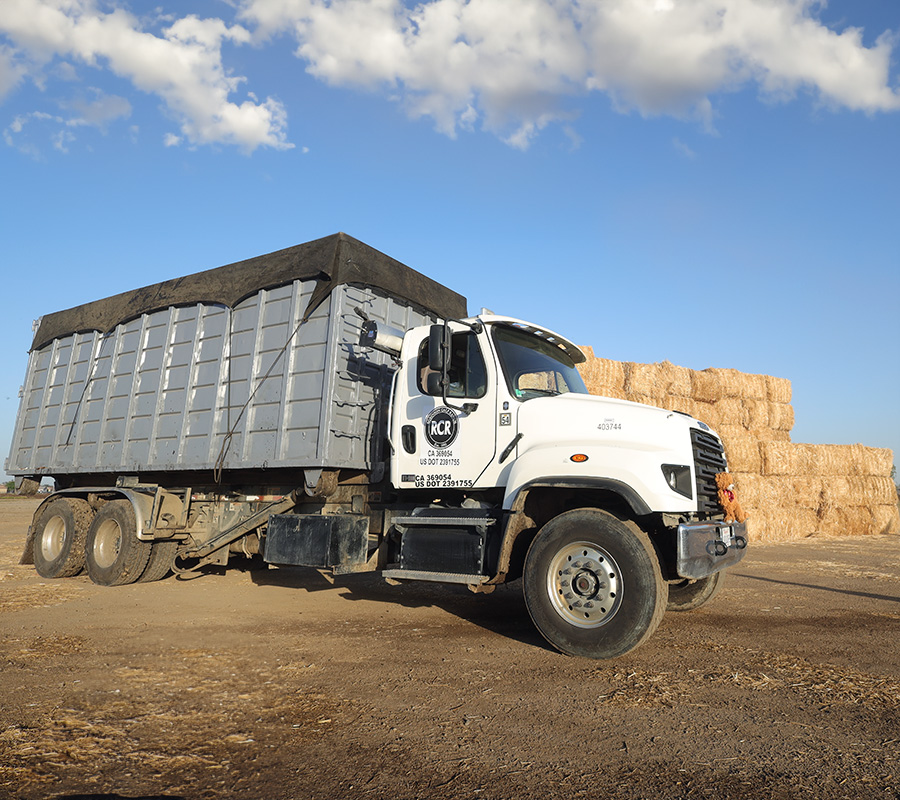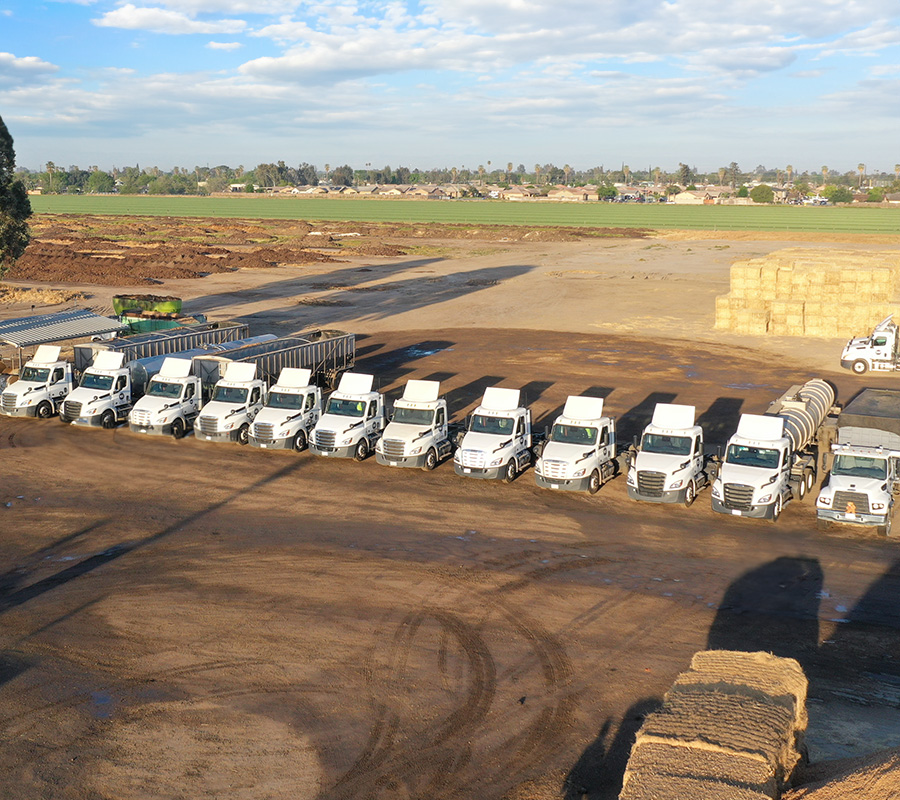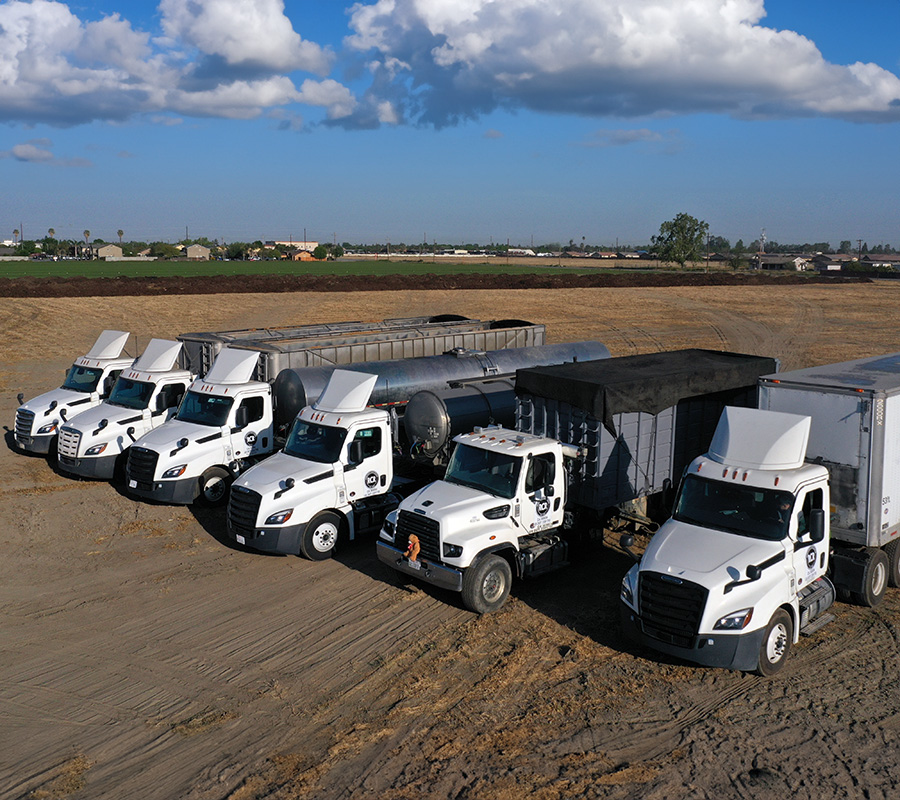About Us
About Robinson Ranch

Our Mission, Goals, & Values
Our Mission is to consistently grow and enhance our processes to boost our ability to minimize food waste and prevent recyclable materials from reaching landfills. Additionally, we aim to improve the efficiency of our inorganic recycling program by utilizing advanced technology and equipment to further process the remaining 5% of inorganic materials in our system. Our aspiration is to exemplify the future of eco-friendly recycling in the United States, contributing to a reduction in both food waste and inorganic waste in landfills.
Mission:
At Robinson Ranch, our mission is to lead the way in responsible environmental stewardship by maximizing organics recovery and preventing recyclable materials from reaching landfills. We aspire to exemplify the future of eco-friendly recycling in the United States, contributing significantly to the reduction of both food and inorganic waste in landfills. Leveraging our expansive facilities and advanced technology, we are dedicated to continuously enhancing our processes, working tirelessly to manage programs more efficiently, and innovating to further process the remaining inorganic materials in our system.
Goal:
Our primary goal is to redefine organics disposal by transforming it into an opportunity for sustainability in feed. We strive to handle even the most extensive organics recycling projects with an emphasis on maximizing utilization and repurposing of materials. By elevating our clients to the top of the EPA’s food recovery hierarchy, we aim to substantially increase landfill diversion and contribute towards a cleaner, greener future. Our strategic objectives include extending our operations and services to assist more businesses with their sustainability initiatives.
Value:
- Environmental Stewardship: We prioritize protecting the planet through responsible waste management and organics recovery.
- Innovation and Improvement: Our focus is on constant innovation and optimization in eco-friendly recycling and waste processing.
- Partnership and Empowerment: We build strong partnerships, empowering clients to achieve sustainability through our solutions.
- Responsibility and Impact: We are committed to transforming waste disposal into sustainable opportunities for a positive environmental impact.
About the Food Recovery Hierarchy
In an age where environmental consciousness is increasingly important, the Food Recovery Hierarchy offers organizations a structured blueprint to tackle food waste head-on. By understanding and employing this hierarchy, organizations can play an instrumental role in sustaining the planet while optimizing resource management. Each tier in the Food Recovery Hierarchy focuses on distinct strategies for the responsible handling of surplus food. Significantly, the upper echelons of the hierarchy are considered the most beneficial, as they have a more profound positive impact on the environment, society, and economy. Let’s delve into the layers of this hierarchy to grasp its true potential.
The Food Recovery Hierarchy is not just a framework; it’s a vision for a more sustainable and responsible future. By adhering to this hierarchy, organizations can create a ripple effect that goes beyond their operations, conserving resources, combating hunger, supporting sustainable industries, and ultimately nurturing the planet. The time to act is now; let’s embrace the Food Recovery Hierarchy and work collectively towards a greener, more abundant world.
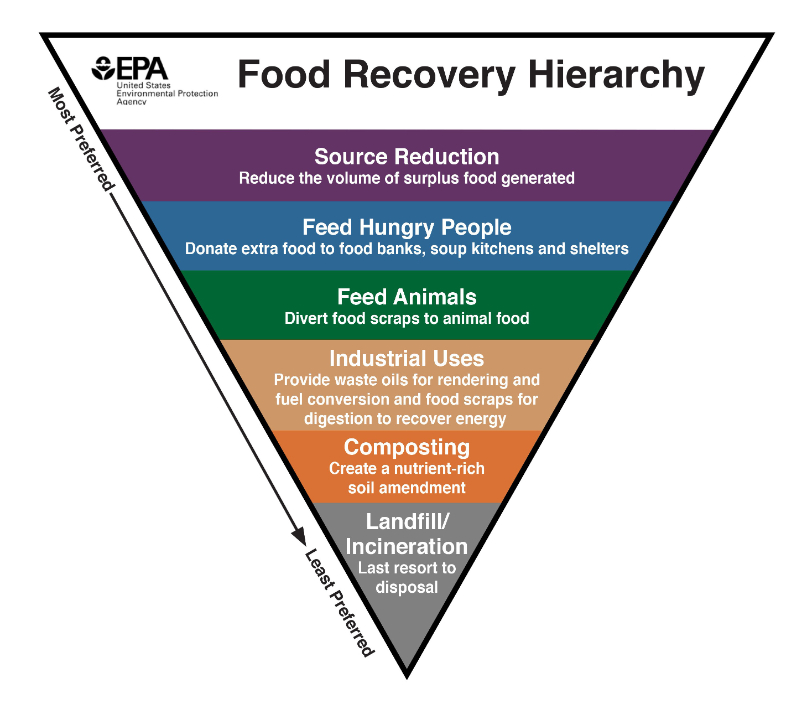
Food Recovery Hierarchy:
1st
Source Reduction: At the pinnacle, organizations aim to prevent food waste through inventory management and consumer education, thus saving resources and minimizing environmental impacts.
2nd
Feed Hungry People: The second tier involves redistributing edible surplus food to those in need via food banks and community programs, fostering social responsibility.
3rd
Feed Animals: When not suitable for humans but still nutritious, surplus food is repurposed as animal feed through collaborations with farms and shelters.
4th
Industrial Uses: The fourth tier focuses on converting food waste into energy, biofuel, or other products via processes like anaerobic digestion, supporting the green economy.
5th
Composting: This stage involves breaking down food waste into organic matter to enrich the soil and promote sustainable agriculture.
6th
Landfill/ Incineration: As a last resort, food waste is sent to landfills or incinerated; this is the least preferred option due to its environmental consequences and should be minimized.
Our Transportation Fleet
Our expansive 500-acre establishment is engineered to handle even the most extensive food waste recycling projects and is ideally located in Central California. Our fleet of dry vans, tankers, pump trucks, and refrigerated trailers can be scheduled to facilitate your recycling needs. We also provide the option for organics drop-off at our processing facility. Upon arrival, organics are sorted by packaging and organics content based on nutritional value, then processed to be effectively repurposed into feed.

